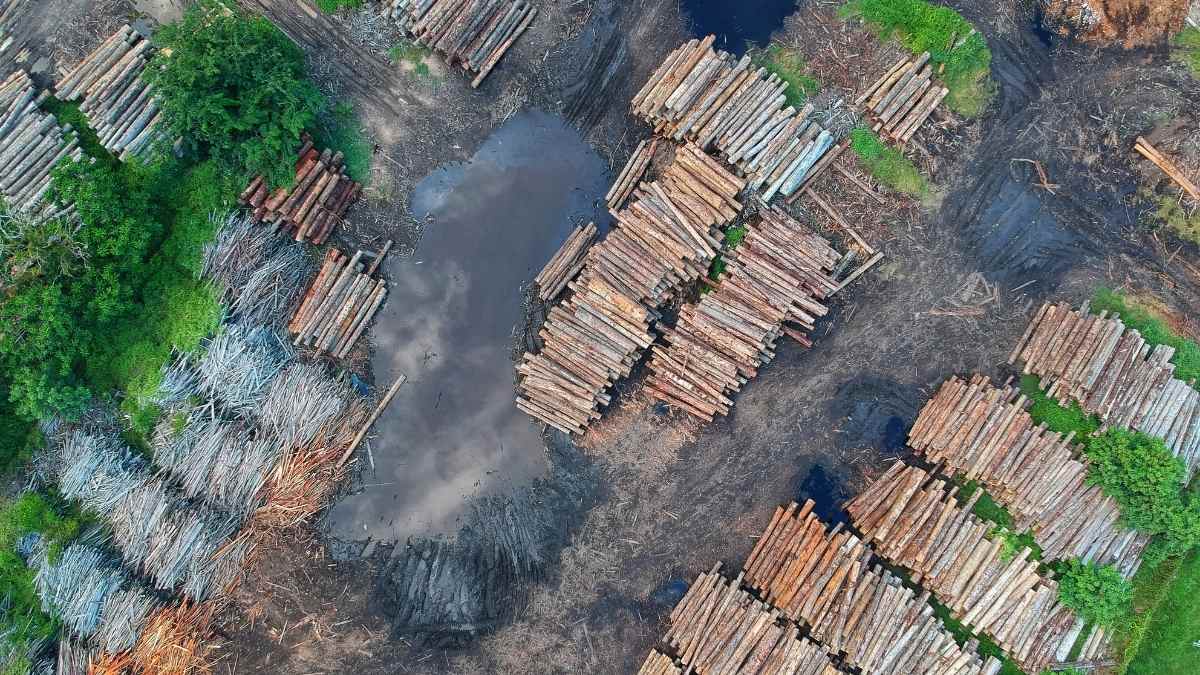Lizards have been around for over 250 million years, but they now face several threats that could lead to extinction.
Human activity and the introduction of diseases are some of the biggest dangers to these reptiles.
Habitat loss is also a major issue, as lizards need specific environments to thrive. If we don’t take steps to protect them now, lizards may be a thing of the past!
9 Things Threatening The Survival of Lizards
Lizards have been on Earth for about as long as dinosaurs. But in recent years, these reptiles have been disappearing at an alarming rate. Here are seven things that are threatening the survival of lizards:
Climate Change
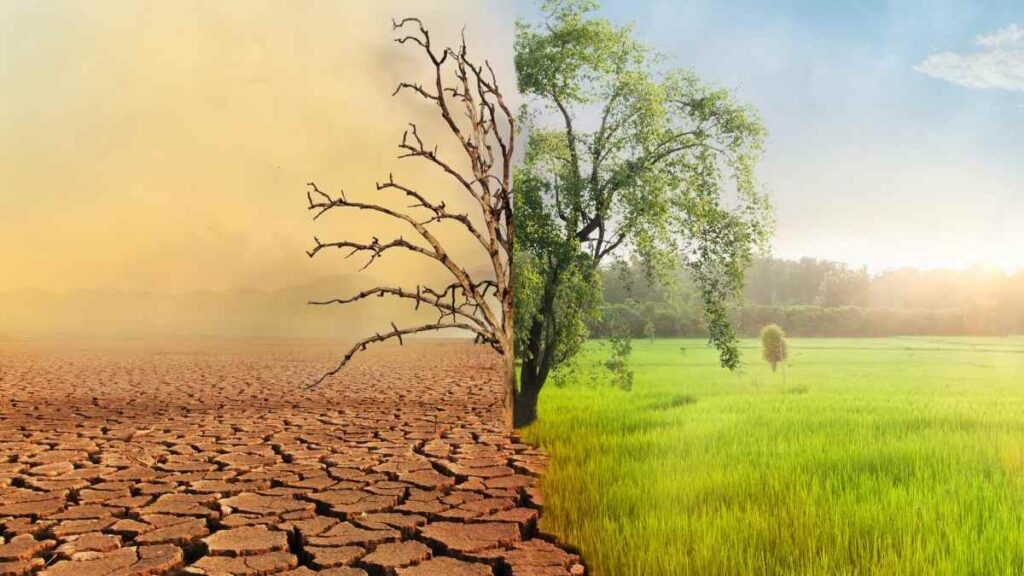
Rising temperatures and changing weather patterns make it harder for lizards to survive. They can only live within a very specific temperature range, and outside of that, they will die. As the climate changes, their habitat is getting smaller and smaller.
Invasive Species
One of the things threatening lizard survival is the introduction of invasive species. These are animals that are not native to an area, and they can cause problems for the local ecosystem. Invasive species can compete with native animals for food and shelter, and they can also spread diseases. In some cases, invasive species can even cause the extinction of native animals. One example of an invasive species that is threatening lizards is the brown tree snake.
This snake is native to Australia and New Guinea but has been introduced to the island of Guam. The brown tree snake has caused the extinction of several lizard species in Guam and continues threatening other lizards in the area. Another example of an invasive species that is threatening lizards is the Nile monitor. This lizard is native to Africa but has been introduced to Florida. The Nile monitor is a predator of native lizards and is also known to spread diseases.
Drought
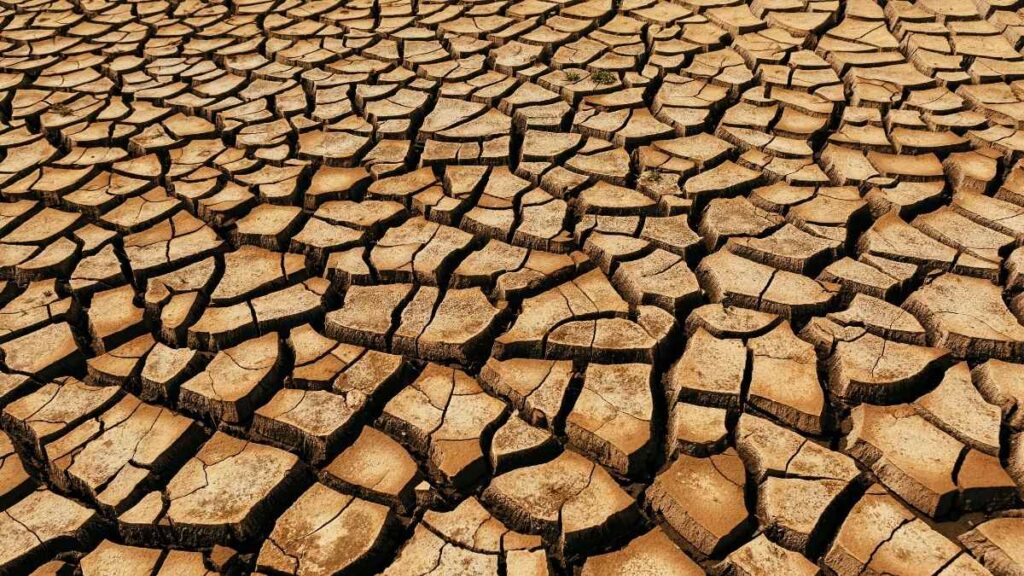
Droughts are a leading cause of death for lizards. These reptiles rely on moisture to survive and thrive, and without it, they quickly dehydrate and die. Droughts are caused by various things, including climate change, deforestation, and urbanization. All of these things reduce the amount of water available to lizards and make it harder for them to find the moisture they need to survive.
-

Beaded Dragon Fan Exclusive: ‘Original Hipster’ T-Shirt – Wear Your Unique Style with Pride – Unisex t-shirt
£13.00 – £20.50 Select options This product has multiple variants. The options may be chosen on the product page -

Chinese Water Dragon Aquatic Mastery Tee: Dive into Elegance with Our Exclusive Reptile Enthusiast Shirt – Unisex t-shirt
£13.00 – £20.50 Select options This product has multiple variants. The options may be chosen on the product page
Loss of Food Sources
As lizards’ habitats change, the availability of their food sources is also changing. Lizards rely on things like insects, spiders, and other small invertebrates for food. However, as human development encroaches on natural habitats, these food sources are becoming less and less available.
Human Persecution
In some parts of the world, people see lizards as pests and kill them on sight. This is especially true in agricultural areas, where lizards can damage crops. In other parts of the world, people eat lizards as food. This puts a lot of pressure on lizard populations.
Contamination
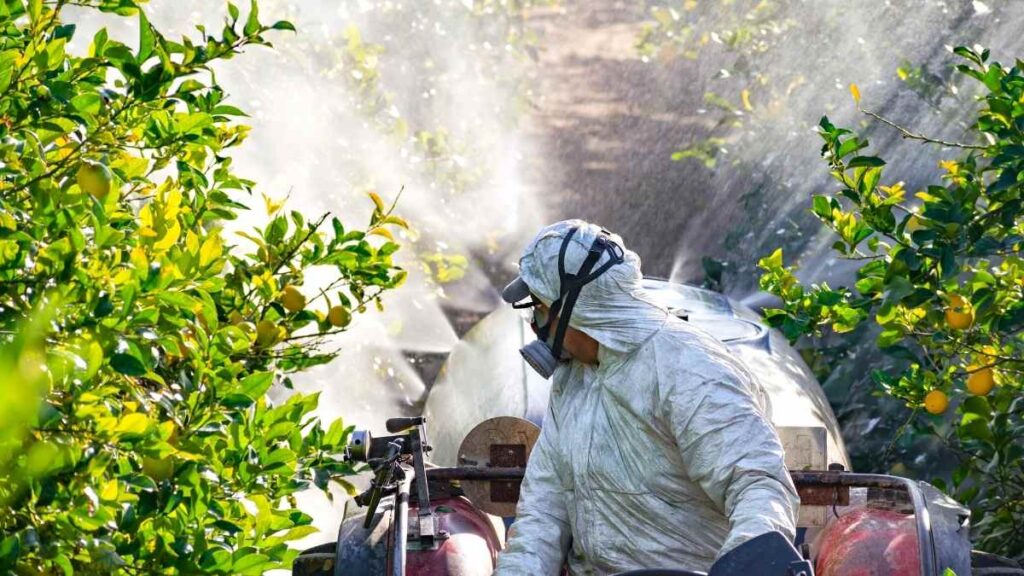
Contamination is also a problem. Lizards are often found near roads and parking lots, exposing them to things like car oil and anti-freeze. These chemicals can build up in their bodies and make them sick.
Insecticides and herbicides are also a threat. These chemicals can kill the insects that lizards eat or make the plants they need for shelter poisonous.
Loss of Habitat
As humans encroach on natural habitats, lizards lose the places they need to live and thrive. This is especially true in tropical areas, where lizard diversity is highest.
When forests are cleared for agriculture or other development, lizards lose the trees and other vegetation they need for shelter and food.
Pet Trade
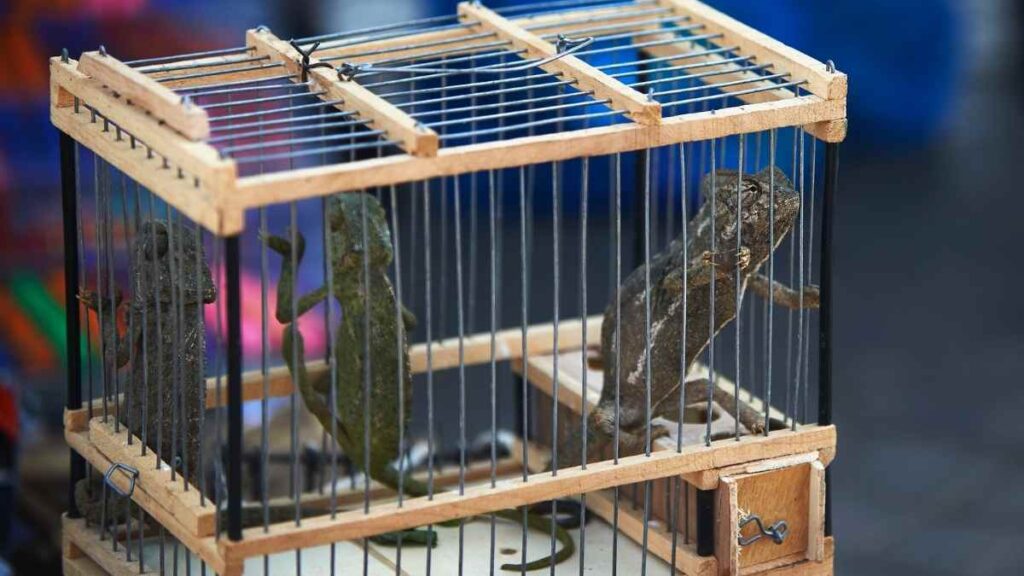
Some lizard species are popular in the pet trade, and this illegal trade is contributing to their decline. The international trade in reptiles is worth billions of dollars yearly, and lizards are a significant part of that. In fact, one species of lizard, the blue-tailed skink, is the most commonly traded reptile in the world.
This trade is having a major impact on wild populations of lizards. In some cases, entire populations have been wiped out by the trade. In other cases, the trade contributes to the decline of already endangered species.
Disease
Some diseases, like chytridiomycosis, are spreading through lizard populations and causing mass die-offs. This fungal disease is thought to have originated in African clawed frogs and was introduced to new areas through the pet trade. It has now been found in over 500 species of amphibians and is considered one of the biggest threats to biodiversity.
These are just some of the things that are threatening the survival of lizards. If we want to save these reptiles, we must start taking action now.
What can you do to help? Here are a few things you can do to help lizards.
How Can I Help Lizard Survival?
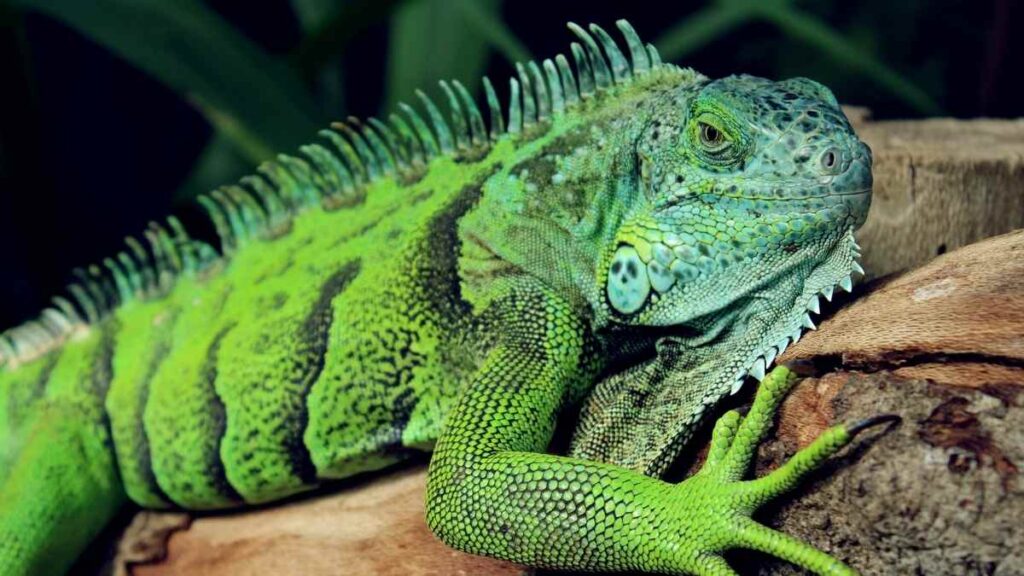
There are things you can do as an individual to help lizard survival rates.
- Educate yourself and others about the things that are threatening their survival.
- Support organizations that are working to protect lizards and their habitats.
- Don’t buy or sell lizards illegally.
- Be careful not to disturb or destroy lizard habitats when you’re out in nature.
- Do your part to reduce things like climate change and deforestation.
Lizards are an important part of the food chain and help to control insect populations.
You can support lizard populations by avoiding the use of pesticides in your yard and gardens. Pesticides can kill not only the insects that lizards eat but also the lizards themselves.
If you live in an area where lizards are found, you can also help by providing them with a place to shelter.
This can be as simple as placing a few rocks or logs in your yard or even building a small lizard house. Providing shelter will help lizards to avoid predators and extreme weather conditions.
By working together, we can make a difference for these reptiles and help ensure their survival.
Conclusion
The future of the lizard population, and indeed many other creatures around the world, is looking uncertain.
However, by learning more about these animals and their needs, we can help to ensure that they continue to thrive long into the future.
So please take a moment to learn how you can help protect our lizards – it could be the difference between disappearing forever or being here for generations to come.
Thank you, and good luck!

